What is the Role of Plastics in the Circular Economy?
May 26, 2021
From lauded silver bullet to pariah material in just over half a century, plastic has played a complicated role in our economy. What began as an innovative material that was relatively inexpensive to produce, lightweight to transport, versatile in application and efficient in preserving goods, has resulted in 8.3 billion metric tons of plastics produced since the 1950s, half of which was produced in the past 15 years alone. Yet, while economies of scale drove down the cost to produce plastic, its costs showed up elsewhere––in the billions of tax dollars spent to send plastic to landfills, and in its degradation of our environment and communities. About 60% of plastics produced have already ended up in a landfill or the natural environment. At the rate we’re going, there could be more plastic than fish (by weight) in the ocean by 2050.
The plastics waste challenge makes clear the urgent need for us to identify a path toward a waste-free future. To achieve this ideal in the midst of today’s take-make-waste reality, a range of solutions need to be in play at the same time. To address plastic waste at every stage of the material’s life cycle––from source, to use, to end-of-life and back again––every stakeholder across the value chain must be involved. No one institution or solution can build the circular economy alone, and even if they could, change would not happen fast enough to address the urgent climate challenge. With any system-wide transformation, the path forward is complex, nuanced and involves experimentation. A collaborative, multifaceted approach can accelerate the process in a more thoughtful, holistic way.
At Closed Loop Partners, we envision a circular future for plastics. This requires building a system that reduces the need to extract virgin resources––fossil fuels––to make plastics, harnesses design innovation and material science, and champions reuse models and new product delivery models. In parallel, we must strengthen the recycling infrastructure needed to capture existing plastics after use. With over 50 investments across our funds and three pre-competitive industry consortia to solve shared material challenges, led by our Center for the Circular Economy, we act across four key pillars to advance circular plastics supply chains.
1. Scale Reusable Products and Packaging and Explore New Materials to Reduce the Need for Single-Use Plastics
Our work to build the circular economy begins at the source, by rethinking the kinds and quantities of raw materials we use, and the supply chains they flow through. Reuse, refill and resale business models keep valuable materials in play, and therefore reduce the need to extract virgin resources. At the same time, material science innovations help diversify the resources we rely on to create packaging and products. For example, organic materials, including algae, mushrooms, eucalyptus, coconut fibers and corn that are rapidly replenishable and could be composted at end-of-life, represent viable alternatives to plastics for packaging and textiles.
How do we do this?
Our Closed Loop Ventures Group invests in leading reuse and refill models, exemplified by our portfolio company, Algramo. The Chilean-based company entered the North American market in 2020, piloting their tech-enabled refill system and smart reusable packaging in New York City. Their vending machines allow customers to dispense household cleaning products by the gram, getting exactly the amount of product they need into a smart, reusable container, eliminating single-use plastic packaging. Algramo not only makes the sustainable option the most affordable alternative, but also the more accessible and convenient one.
At an even earlier stage, our innovation arm, the Center for the Circular Economy, tests emerging reusable packaging models through the NextGen Consortium and the Consortium to Reinvent the Retail Bag. In 2020, our NextGen Consortium, in partnership with Starbucks, McDonald’s and other leading foodservice brands, conducted in-market tests for new reusable hot and cold cup models at local cafes in the San Francisco Bay Area. The Consortium examined every step of the reusable cup journey: from customer sign-up, to the payment process, to cup returns. Building on our learnings, we released a report on Bringing Reusable Packaging Systems to Life, an open-source resource that highlights steps for implementing reuse models.
Our Center also researches climate-friendly material innovations like compostable packaging, as one viable solution to plastic waste when the necessary recovery systems are in place. The Center’s Compostable Packaging Consortium aims to create a decision-making framework on when to deploy compostable packaging, while building an investment roadmap to scale the composting infrastructure needed to handle these formats at their end-of-life.
2. Collaborate with Diverse Stakeholders to Accelerate Change at Scale
To move from a linear system to a circular one, every stakeholder that will be affected––including consumers, entrepreneurs, corporations, NGOs, cities, policymakers and governments––must be at the table. Creating systemic change requires collaboration across the value chain, inviting numerous perspectives and areas of expertise, and aligning on shared goals.
How do we do this?
Last year, our Center formed the Consortium to Reinvent the Retail Bag, an unprecedented multi-sector effort by leading retailers, including CVS Health, Target and Walmart, to address a common material challenge: the single-use plastic bag. Brands across the grocery, sports & outdoor goods, value, apparel & home goods sectors aligned to address shared environmental and operational challenges to move beyond short-term fixes to long-lasting, systemic solutions for how customers get their goods home. In February 2021, nine winners of the Beyond the Bag innovation challenge were selected from a pool of more than 450 innovations, and are now testing and refining solutions to improve their potential to scale.
3. Invest in Recovery Infrastructure to Recapture and Recycle Plastics, and Reduce the Need to Extract Virgin Resources
The value of plastic is not lost after a single use; keeping the material within supply chains is a matter of our economic self-interest. As corporate commitments to use post-consumer recycled materials increase, the demand for recycled plastics continues to grow, enabling a viable market. Yet, without the necessary recovery infrastructure, current supplies of recycled plastics only meet 6% of demand for the most common plastics in the U.S. and Canada. Optimizing recycling facilities and new advanced recycling technologies, among others, can increase the supply of high-quality, clean recycled material feedstocks, maximize their value over multiple lifecycles and reduce our reliance on virgin inputs dependent on the extraction of fossil fuels.
How do we do this?
Our Closed Loop Infrastructure Fund, established when the firm was founded in 2014, has helped municipalities and private companies across North America upgrade and expand their recycling infrastructure for materials––from glass, to paper and plastic. For example, the fund provided a $3 million below-market rate loan to the City of Phoenix, to upgrade its recycling facility and enable greater diversion of plastics from landfill and improve the quality of baled paper produced. This helped the city’s materials recovery facility reach its highest revenue to date in May 2020, at over $400,000, with an 18% increase in tons of residential recycled materials collected during the COVID-19 pandemic.
Our recently launched Closed Loop Circular Plastics Fund provides catalytic debt and equity financing, spurring additional mainstream investments into recycling infrastructure that can help address bottlenecks in the system for rigid and flexible polyethylene and polypropylene––plastics that need more targeted interventions to help meet their high demand in the U.S. and Canada. The commitment of stakeholders at every point of the plastics value chain is critical to evolving the plastics industry toward a more sustainable future. The founding companies invested in the fund are plastics producers and chemical companies, who have been key players in unlocking the value of resin resources through material and chemical innovations; now there is opportunity to adapt their processes to maximize the value of plastics already in circulation, championing the recovery and remanufacturing of resins to extend their useful life.
We also look to solutions that help address some of today’s most difficult-to-recycle plastics, those that cannot be processed by traditional mechanical recycling facilities. The Center’s research on advanced recycling technologies uncovers how these technologies––purification, decomposition and conversion––can help recycle many more types of plastics, expanding the scope of recoverable materials far beyond just packaging. In 2019, we conducted a landscape mapping of the technologies and opportunities, and are now conducting deeper research into the environmental impacts, policy incentives and financial case for these technologies.
4. Sustain Markets for Recycled & Climate-Friendly Materials
With the market rewarding sustainability, circularity does not mean sacrificing profits. Today, there is a market incentive to keep valuable materials within the system, instead of sending them to landfill, which costs taxpayers money and wastes $10 billion worth of materials in landfills across the United States*. Investing in companies and product innovations that incentivize the use of recycled materials or climate-friendly materials capitalizes on opportunities created by a strong, vibrant circular economy.
How do we do this?
Many of Closed Loop Partners’ portfolio companies manufacture products and packaging using recycled or new sustainable materials, proving viable, circular business models. For example, our portfolio company, AeroAggregates, produces ultra-lightweight fill material for infrastructure construction projects from 100% post-consumer recycled glass. Our Venture Group’s portfolio company, Algaeing, manufactures algae-based dyes and fibers within a zero-waste system––enabling water and energy efficiency while creating a viable alternative to petroleum-based textiles.
Our portfolio company, For Days, offers direct-to-consumer apparel made from 100% organic cotton and designed for recovery with a mail-back program. They recently launched its Closet and Credit system, which gives customers credit for returning their used clothing items. They can then use this credit toward new items sold by the company, enabling a circular zero-waste system for their clothes by turning their “closet into currency.”
To effectively build a circular economy, all of these solutions need to be in play. A successful circular economy is one where every material’s value is recognized, shared, re-used and continuously cycled. Addressing the global plastics crisis requires seeing and solving it from multiple angles; there is no panacea. We need to address today’s reality, in which billions of tons of plastics already circulate in our economy––while building for a waste-free tomorrow.
*Closed Loop Partners. Research Brief: Materials Landfilled in the United States and Opportunities to Increase Materials Recovery, 2018 Update. Closed Loop Partners Internal Research, 2019, adapted from Powell and Chertow, 2018, Powell et al., 2016, and Powell et al., 2016.
Related posts
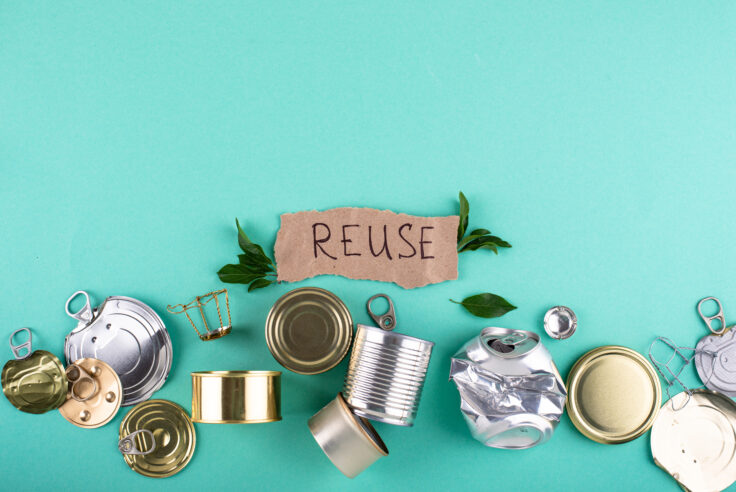
Blog Post
For Reuse to Work, Language Matters
A quick guide to messaging for reuse programs and getting...

Press Release
New Data Reveals High Quantities of Food-Grade Polypropylene...
Closed Loop Partners’ Center for the Circular Economy...
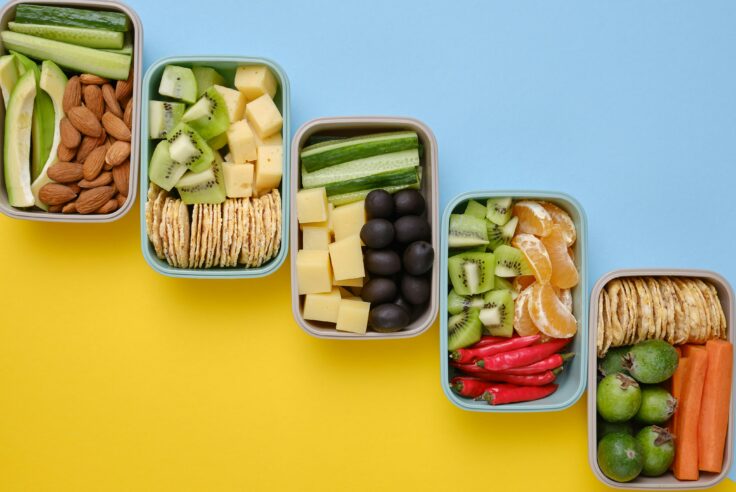
Press Release
Closed Loop Partners and U.S. Plastics Pact Identify...
Packaging types primed for reuse lay the groundwork...
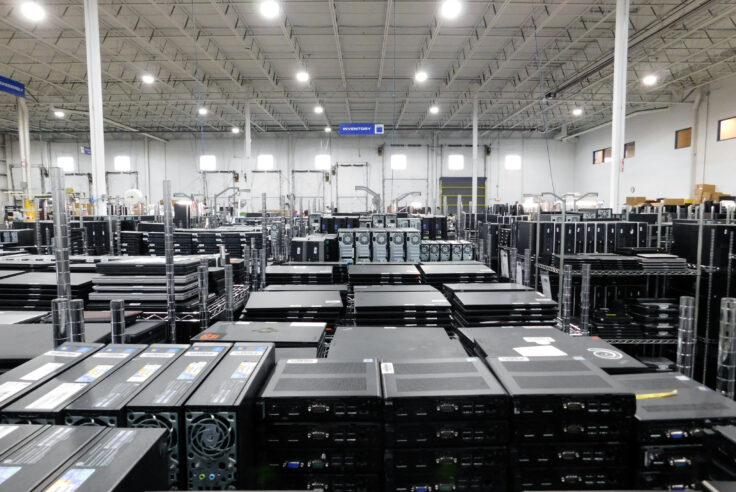
Press Release
Closed Loop Partners’ Portfolio Company, Sage Sustainable...
The bolt-on acquisition scales Sage’s end-to-end...

Press Release
Closed Loop Partners Unveils Groundbreaking Findings...
Closed Loop Partners’ Center for the Circular Economy...

Blog Post
8 Tips to Navigate Life Cycle Assessments for Circular...
Closed Loop Partners’ Center for the Circular Economy...
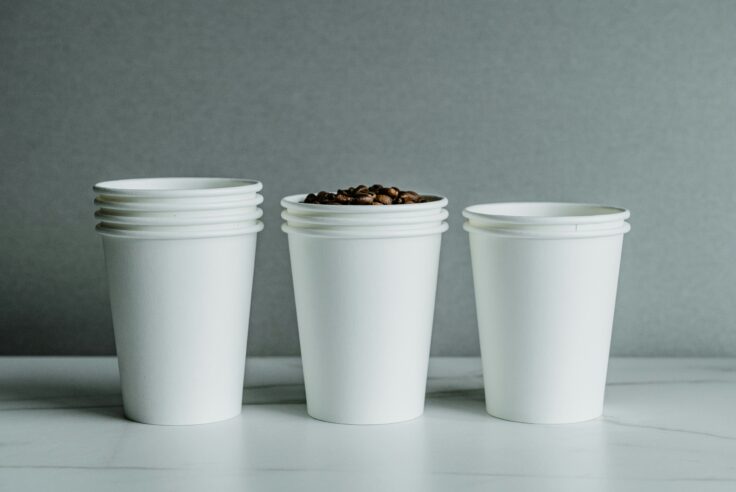
Press Release
Paper Cup Recycling Hits New Milestone in the U.S....
The NextGen Consortium and Foodservice Packaging Institute...
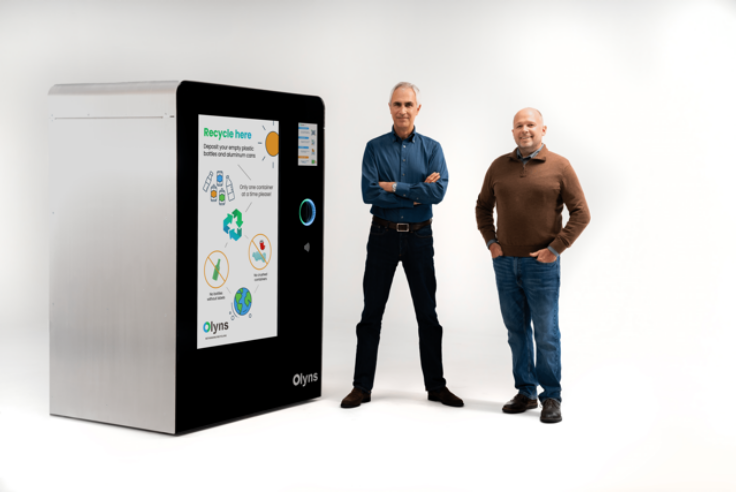
Press Release
Closed Loop Partners Provides Financing to Olyns, a...
The catalytic loan will help scale production of Olyns’...

Press Release
Circular Services Acquires Midwest Fiber Recycling,...
The acquisition of a leading Midwest recycling company...

Press Release
Closed Loop Partners Acquires Majority Stake in Sage...
Amidst the rapid growth of e-waste, Closed Loop...

Press Release
New Report from the NextGen Consortium Shares Path...
Insights include solutions for paper mills, material...
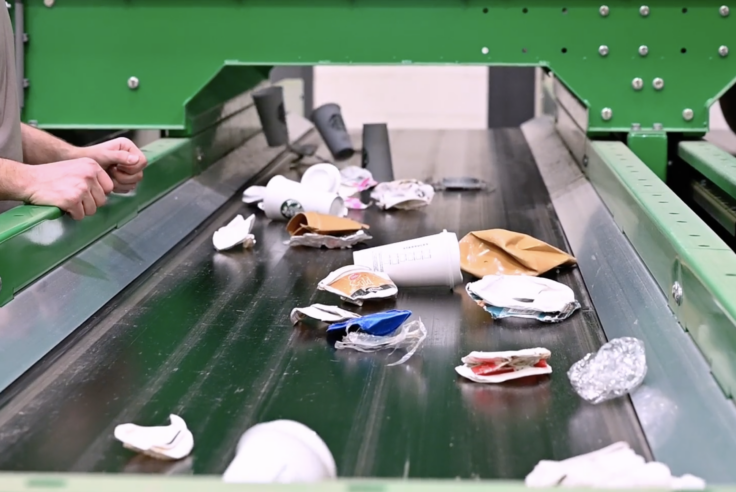
Reuse
Blog Post
When Reusable Cups Reach End-of-Life: 5 Tips to Ensure...
The NextGen Consortium shares 5 tips to ensure reusable...
